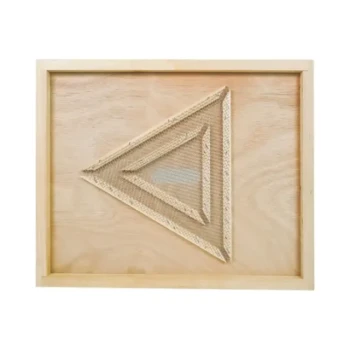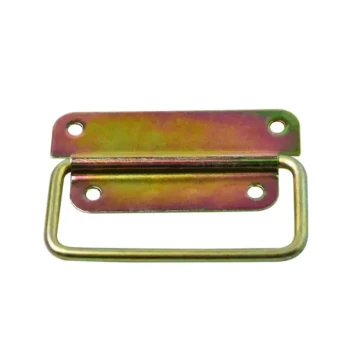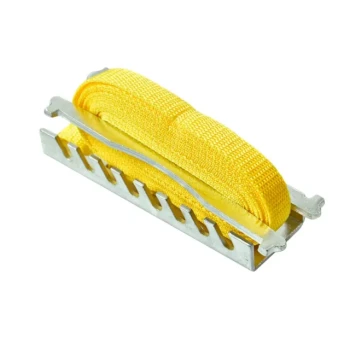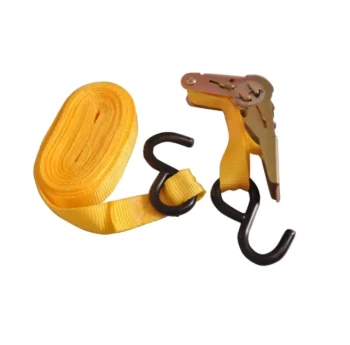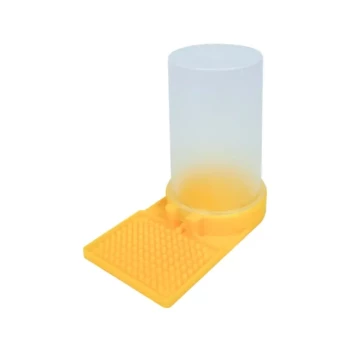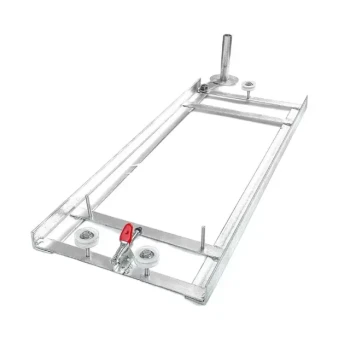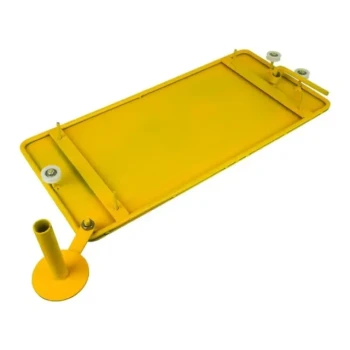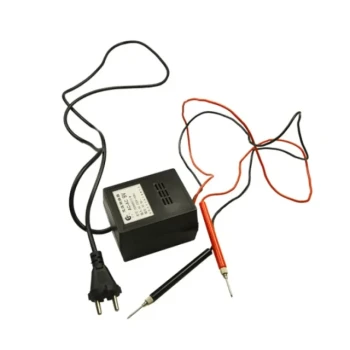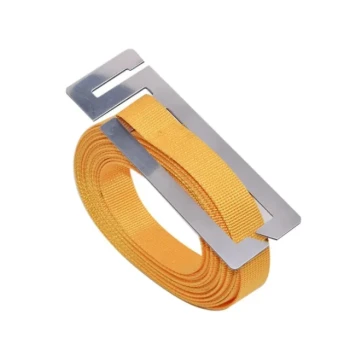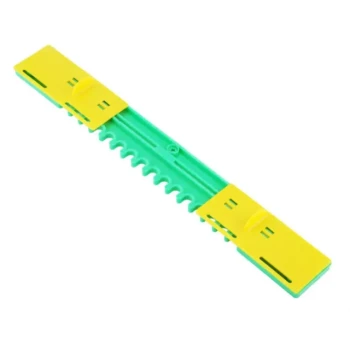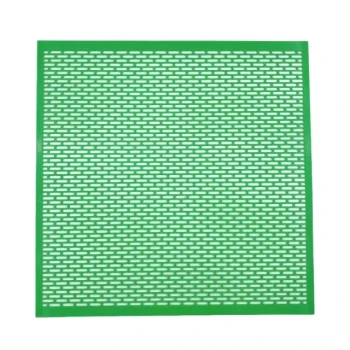To be direct, a screened bottom board may be less effective for pest control in specific environmental conditions, such as apiaries with mixed sunlight. In these partially shaded locations, certain pests like the Small Hive Beetle can thrive, potentially overwhelming the passive benefits that a screen provides.
The core issue is not that screened boards fail, but that their effectiveness is part of a larger environmental equation. A location that is highly favorable to pests may require more active management than a passive tool like a screened bottom board can offer alone.
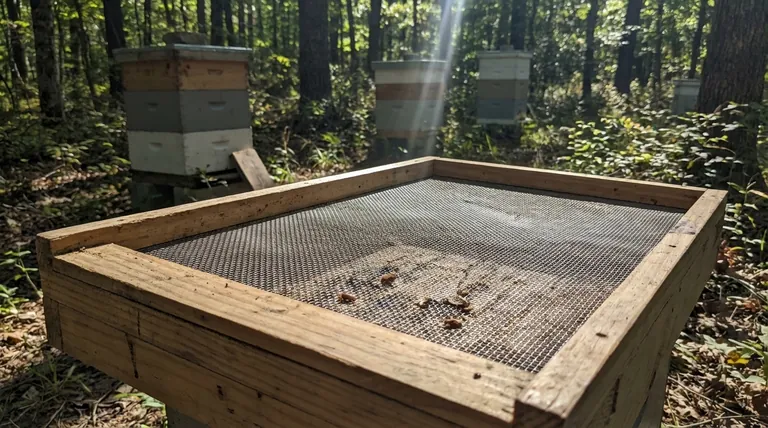
Understanding the Role of the Bottom Board
A hive's bottom board is its foundation, serving as the floor and entrance. The choice between a solid wood board and a wire mesh screen fundamentally changes the hive's internal environment.
The Solid Board Environment
A traditional solid bottom board creates a dark, enclosed, and often humid floor. This environment traps debris and can unfortunately mimic the conditions that many pests prefer.
The Screened Board Environment
A screened bottom board, also known as an Integrated Pest Management (IPM) board, replaces the solid floor with a sturdy wire mesh. This introduces significant light and airflow from below the cluster.
How Screened Bottoms Are Designed to Control Pests
The primary advantage of a screened bottom board is its ability to passively disrupt the lifecycles of the two most common honey bee pests: Varroa mites and Small Hive Beetles (SHB).
Disrupting the Varroa Mite
Varroa mites occasionally lose their grip and fall off their bee hosts during grooming. With a solid board, they can simply wait at the bottom and climb back onto a passing bee.
A screened bottom board breaks this cycle. When mites fall, they pass through the mesh and onto the ground, unable to re-enter the hive. This constant, low-level removal of mites reduces the overall pest load on the colony.
Deterring the Small Hive Beetle
Small Hive Beetles thrive in darkness and still air. They seek out dark cracks and crevices within the hive to hide from bees and lay their eggs.
The increased light and ventilation from a screened bottom board makes the entire lower portion of the hive less hospitable to them. They are exposed and have fewer places to hide, encouraging them to leave.
The "Mixed Sunlight" Complication
The effectiveness of any tool depends on the context of its use. A screened bottom board is a powerful tool, but it is not a complete solution, especially in high-pressure environments.
Why Mixed Sunlight Matters
The term "mixed sunlight" describes a location that is partially shaded. This type of environment is often highly attractive to pests like the Small Hive Beetle, which avoid direct, intense sunlight.
If your hives are in a location that is already an ideal habitat for pests, the ambient pest pressure can be very high.
When Passive Control Isn't Enough
A screened bottom board offers passive control. It helps by making the hive less attractive to pests and allowing some to fall out.
However, in a high-pressure area, the number of pests entering the hive can overwhelm these passive benefits. The beetles may simply find refuge higher up in the hive, on the frames and inner cover, away from the screen's influence.
The Case for Solid Boards in Active Treatment
This is where the role of the solid board is often reconsidered. A solid board is not inherently better at pest control; in fact, its dark surface is a beetle haven.
However, a solid board is a necessary platform for certain active treatments. If you need to use oil-filled beetle traps, diatomaceous earth, or other treatments on the hive floor, you must have a solid surface to place them on. In a severe infestation, the need for these active tools can outweigh the passive benefits of a screen.
Making the Right Choice for Your Goal
Ultimately, the best bottom board depends entirely on your specific climate, pest pressure, and management philosophy.
- If your primary focus is passive Varroa control and SHB deterrence: The screened bottom board is the superior choice for most beekeepers in most situations.
- If your primary focus is maximum hive insulation for cold winters: A solid board, or a screened board with a winter insert, is necessary to prevent excessive heat loss.
- If your primary focus is fighting a severe pest infestation with floor-based traps: You will require a solid bottom board to serve as a platform for these active treatments.
Choosing the right equipment is about understanding how it functions as one part of your hive's complete ecosystem.
Summary Table:
| Situation | Screened Bottom Board Effectiveness | Key Reason |
|---|---|---|
| Mixed Sunlight Apiaries | Less Effective | High ambient pest pressure (e.g., Small Hive Beetles) overwhelms passive control. |
| Direct Sunlight Apiaries | More Effective | Light and ventilation effectively deter pests, supporting passive IPM. |
| Requiring Active Floor Treatments | Not Suitable | A solid surface is needed for oil traps, diatomaceous earth, etc. |
| Primary Goal: Passive Varroa Control | Highly Effective | Disrupts mite lifecycle by preventing fallen mites from climbing back. |
Struggling with hive pests in a challenging environment?
Your apiary's location and pest pressure demand the right equipment strategy. At HONESTBEE, we supply commercial apiaries and beekeeping equipment distributors with the durable, wholesale-focused supplies needed to build an effective Integrated Pest Management (IPM) plan.
Whether you need screened bottom boards for passive control or solid boards for active treatment protocols, we provide the reliable equipment that supports your hive's health.
Let's build your defense strategy. Contact our experts today to discuss the best solutions for your operation.
Visual Guide

Related Products
- Langstroth Screen Bottom Board for Beekeeping Wholesale
- Australian Pine Wood Langstroth Screen Bottom Board for Wholesale
- HONESTBEE Wooden Bee Escape Board with Triangle Mesh Design for Beekeeping
- Professional Drop-Style Hive Handles for Beekeeping
- Professional Galvanized Hive Strap with Secure Locking Buckle for Beekeeping
People Also Ask
- What are some considerations when choosing between solid and screened bottom boards? Optimize Hive Health & Pest Control
- How should the screened bottom board be used throughout the year? A Guide for Healthy Hives
- What are the main benefits of using a Screened Bottom Board in beekeeping? Enhance Hive Health & Productivity
- What are the advantages of a screened bottom board? Boost Hive Health with Superior Ventilation & Pest Control
- What are the benefits of using a screened bottom board in warm or humid climates? Boost Hive Health & Control Pests


